Top Trends Shaping Carbon-Neutral Transportation in 2025
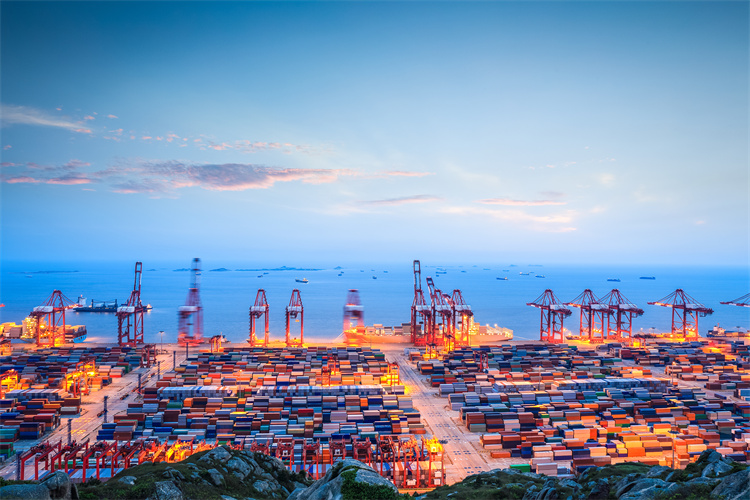
Carbon-neutral transportation is quickly changing how goods move worldwide. The market is growing fast. New rules and better technology like electric vehicles help this change. Decarbonization also helps make transportation more sustainable. Companies work to lower carbon emissions. They want to reach carbon neutrality goals. Good carbon emissions management helps supply chain workers. They look for green and smart ways to move things in a changing world.
Key Takeaways
Electric vehicles and better batteries help keep the air clean. They also make travel cheaper for many people. More charging stations make it easy to use zero-emission cars.
Alternative fuels like hydrogen and biofuels cut down carbon emissions. These fuels are good for heavy transport and long trips. Electric power is harder to use for these trips.
Smart infrastructure and AI traffic systems help cities lower emissions. Supportive policies also help companies be more eco-friendly. These things make transportation work better for everyone.
Electric Vehicles
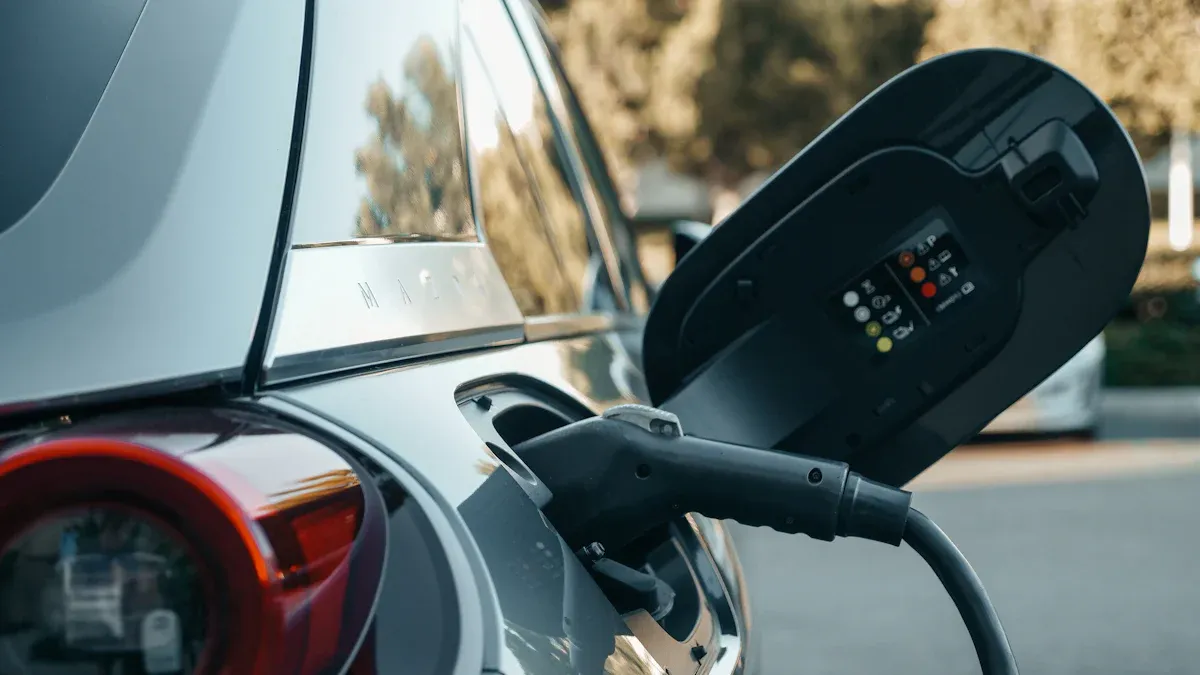
Electric vehicles are changing how people travel. In 2025, almost 22 million electric vehicles will be sold. This is 25% more than last year. China sells the most electric vehicles. It makes up about two-thirds of all sales. Europe and the United States also buy many electric vehicles. Thailand and Brazil are growing fast in this area. One out of every four new cars is now electric. There are almost 58 million electric cars in the world. Battery electric vehicles are getting more popular in many places. This change helps make transportation cleaner. More people and companies are choosing zero-emission vehicles.
Battery Innovation
Battery innovation is important for electric vehicles.
Solid-state batteries use solid electrolytes. They are safer and lighter.
Lithium-iron-phosphate batteries are safer and cost less.
New chemistries like lithium-sulfur and sodium-ion batteries store more energy.
Next-generation anode materials, such as silicon nanowires and lithium metal, hold more power.
Bipolar battery designs stack cells for better results.
Hybrid battery systems help with daily driving needs.
Recycling and better ways to make batteries help the environment.
These new batteries let electric cars go farther. They can charge faster and last longer. Zero-emission vehicles are now cheaper and easier to buy.
Charging Networks
Charging stations are growing fast for electric vehicles.
Many cities have public charging points close to most homes.
Real-time station data and contactless payments make charging simple.
Standardization, like the North American Charging Standard, helps all cars use the stations.
Smart charging lets people plan charging and keep batteries healthy.
Fast-charging networks on highways help with long trips and fleets.
Using renewable energy and vehicle-to-grid technology helps the planet.
Government help and partnerships build more charging stations, even in places that need them most.
More charging stations help more people use zero-emission vehicles. Electric vehicles are now a better choice for everyone.
Alternative Fuels
Alternative fuels are changing how we move in 2025. They help cut down carbon emissions. They also support the switch to green energy. Many places use renewable energy for vehicles and ships. The market for alternative fuels is growing quickly. North America and Asia-Pacific lead this growth.
Region / Country | Market Size (USD Million) | Year | Growth Notes |
|---|---|---|---|
North America | 2025 | Over 37% of global transportation fuel revenue | |
United States | 261,195.73 | 2025 | Major share, steady growth |
Canada | 39,725.59 | 2025 | Projected CAGR 2.2% |
Mexico | 30,125.24 | 2025 | Projected CAGR 1.9% |
Asia-Pacific | N/A | 2025+ | Fastest-growing region |
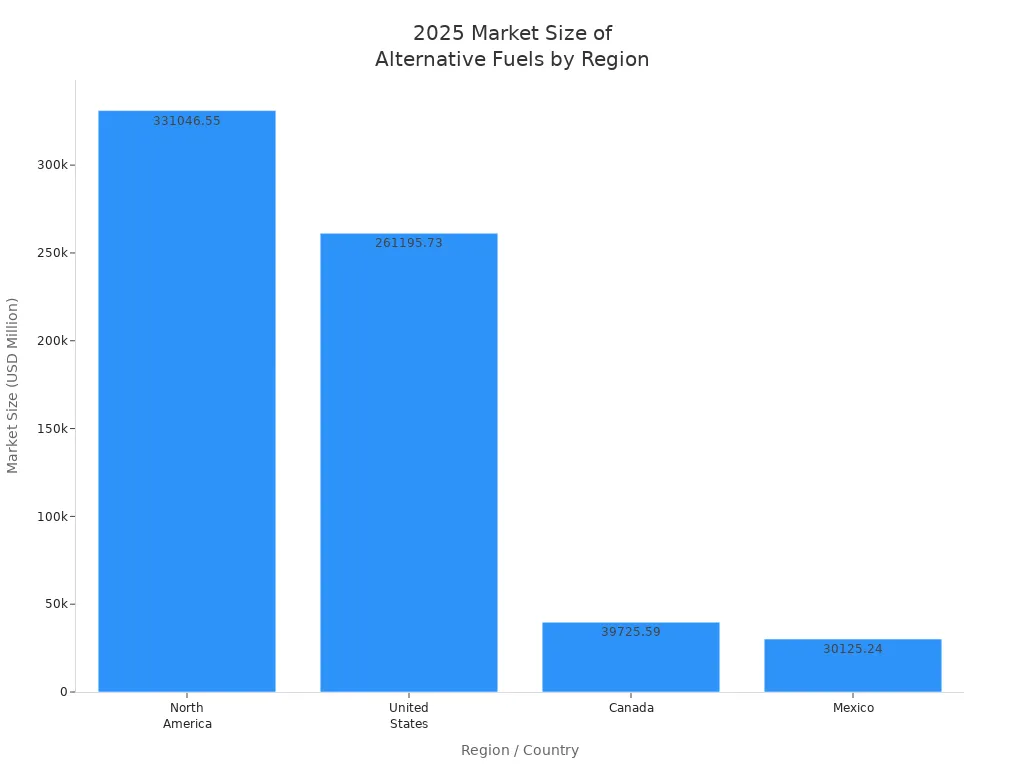
Hydrogen Solutions
Hydrogen solutions help with heavy and long trips. Companies like Airbus work on hydrogen planes for future flights. Ships use hydrogen for long journeys across the sea. The European Hydrogen Roadmap expects millions of hydrogen cars, trucks, and buses by 2050. Trains will also use hydrogen power. Service stations will give both hydrogen and electric charging. Green hydrogen comes from renewable energy. It helps the move to cleaner fuel. Better technology makes hydrogen safer and stronger. Hydrogen lowers carbon emissions for vehicles that need lots of energy and travel far.
Biofuels
Biofuels help cut carbon emissions right away. They use renewable sources like waste, algae, and special crops. Biofuels fit into the natural carbon cycle. They balance emissions with what plants take in as they grow. Production must go up by 150% to reach carbon neutrality by 2030. Biofuels matter for ships and planes because electrification is tough. Advanced biofuels use new ways to turn farm waste into fuel. Sustainable aviation fuel is growing fast. Certification and carbon pricing help more people use biofuels. Biofuels help energy security and rural areas. They also help the world switch to green energy.
Smart Infrastructure
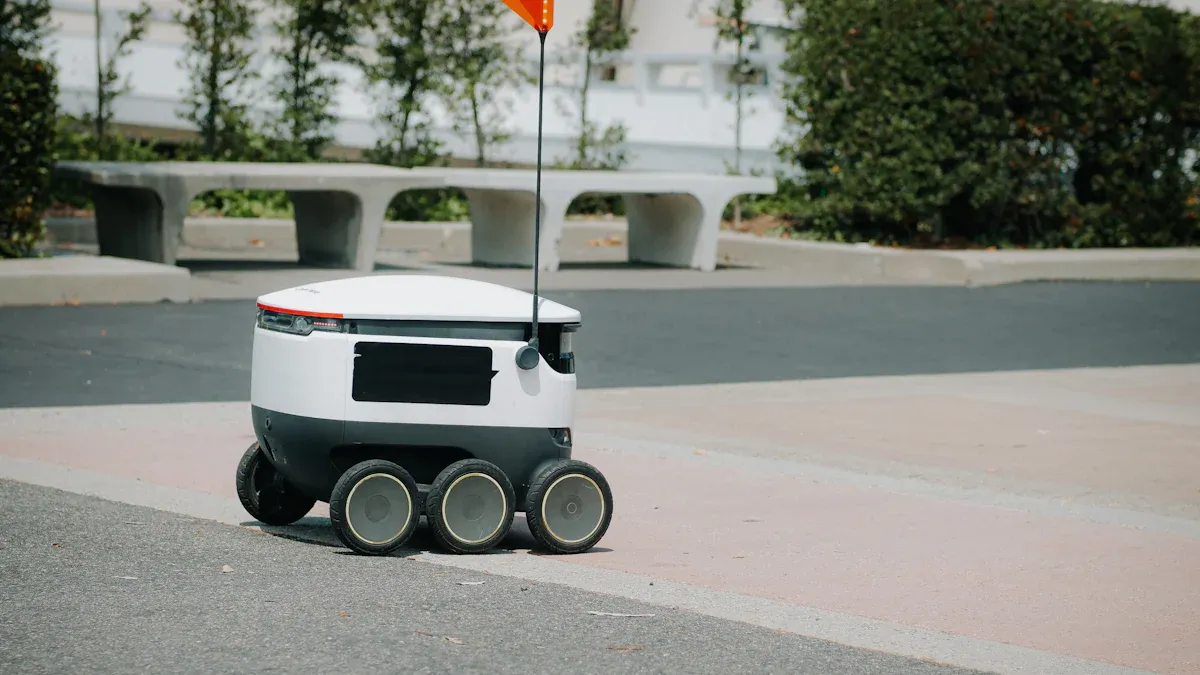
Smart infrastructure helps make transportation better for the planet. Cities and companies spend money on green projects. These projects help people travel cleaner and move goods faster. They use new technology to make roads and systems smarter. This helps transportation become more eco-friendly.
IoT Integration
IoT integration connects devices to share data right away. Many cities use iSIMs to make IoT modules smaller. These iSIMs use less energy. They help track things like pallets and crates. This tracking cuts down waste and helps green projects. IoT devices give real-time data for better routes and fleet control. This means fewer trips and less pollution. Smart EV charging uses IoT to save energy and meet green goals. AIoT mixes AI and IoT to help cities manage traffic. It also helps stop traffic jams. Edge computing lets cities make fast choices about traffic and energy.
IoT helps cities watch the environment. This gives them the info they need to lower pollution and meet green goals.
AI Traffic Systems
AI traffic systems are important for cleaner transportation. These systems use cameras, sensors, and GPS to change traffic lights. They also guess where traffic will get bad. Cities like Singapore and Los Angeles use AI to stop traffic jams. This makes trips shorter and saves fuel. In Pittsburgh, AI traffic lights cut travel time by 25%. They also lower pollution by 20%. AI can suggest better routes for drivers. AI also helps buses and trains run better. These smart ideas make roads cleaner and more dependable for everyone.
Policy and Carbon Neutrality
Incentives
Many countries make rules to help carbon-neutral transportation.
Governments in China, India, and Vietnam want more electric vehicles. They give money to help people buy electric buses and trucks. They also lower taxes for new energy vehicles.
China lets people skip some taxes for new energy vehicles. This helps more people buy them. But it means less money for roads and bridges.
Local governments make clear rules and help private companies invest.
Leasing and loans help people and businesses get electric vehicles. They do not need to pay all the money at once.
Groups from government and business work together. They help reach decarbonization and net-zero emission goals.
Tax breaks help more people buy electric vehicles. But they must be planned well. They need to cut carbon emissions and still help the economy and pay for roads.
International rules also change incentives. The International Maritime Organization makes rules for ships. These rules help cut carbon emissions and reach net-zero by 2050. The United Nations helps countries agree to use more trains and cleaner fuels.
Urban Planning
Urban planning now tries to make transportation greener.
Cities work with other countries to make plans. These plans fit their needs and help fight climate change.
Cities and companies spend money on clean transport, renewable energy, and green buildings.
Many cities build more buses, trains, bike lanes, and walking paths. This helps lower carbon emissions and supports ghg mitigation.
Green infrastructure links climate, social, and space goals. It helps cities become more sustainable.
Some cities charge for parking and traffic jams. This makes people use trains and high-speed rail instead of cars.
Urban planners have problems like not enough money and too many rules. But they use smart planning and laws to help decarbonize transport and reach carbon neutrality.
Cities and countries use these ideas to build better transportation. These actions help lower carbon emissions and make the future greener.
Logistics and Modal Shifts
Rail Solutions
Rail solutions are important for carbon-neutral transportation. Rail freight uses less energy than trucks or planes. It also makes less carbon emissions. Many companies now use rail to move goods far. The China-Europe Express Rail links China and Europe in 15-20 days. This is much faster than sea freight. It also costs less than air freight. Rail transport cuts carbon emissions by about 9% in cities with regular trains.
JUSDA is a leader in low-carbon transportation. They use smart tools and digital platforms. Their JusLink system tracks shipments in real time. It also helps plan the best routes. This makes rail freight work better and more reliably. JUSDA uses electric vehicles for last-mile delivery. They also use eco-friendly warehouses to lower carbon emissions more.
Rail solutions help companies save money and time. They also help meet carbon goals.
Intermodal Transport
Intermodal transport uses trains, trucks, and ships together. This helps move goods in the best way. It can cut greenhouse gas emissions by up to 65% for long trips. One train can carry as much as 280 trucks. This makes it much more fuel-efficient. Intermodal transport keeps trucks off busy highways. This means less traffic and less air pollution.
Benefit | Impact |
|---|---|
Greenhouse Gas Emissions | Up to 65% reduction for long-haul shipments |
Energy Efficiency | Trains are 1.5 to 5 times more fuel-efficient than trucks |
Congestion Reduction | Fewer trucks on highways, less idling and pollution |
Operational Efficiency | Faster, more economical, and greener freight movement |
JUSDA links rail, road, and sea routes for intermodal transport. Their China-Europe Express Rail is a good example. Intermodal solutions help companies move goods efficiently. They also lower carbon emissions. These strategies help companies reach carbon-neutral transportation goals. They also support global decarbonization.
Business and Market Opportunities
Mobility Services
Mobility services are changing how people get around. More companies use electric vehicles in their fleets. They also spend money on autonomous driving to make travel safer. MaaS platforms let people use buses, trains, and bikes in one app. Micro-mobility choices like electric scooters and bikes help with short trips. These options also help lower emissions. Shared mobility means more people use fewer cars. This helps the environment and supports green transport goals.
Electric vehicles and hydrogen fuel cell vehicles are growing fast.
Cities are adding more charging stations and hydrogen refueling spots.
Companies give advice, repairs, and manage fleets for green transport.
Smart city technology helps traffic flow and supports eco-friendly travel.
Cities such as Stockholm and Singapore use AI and zero-emission zones. These ideas help cut pollution and make travel easier for everyone.
Corporate Initiatives
Many companies are leading carbon-neutral transportation. The ITF Decarbonising Transport initiative brings groups together. They share ideas and make rules to lower emissions. Landsvirkjun uses renewable energy for its vehicles. They want to stop using fossil fuels in heavy machines by 2030. Mazda works on carbon-neutral fuel supply chains. They use biofuels for moving things inside the company. Mazda also moves factories closer to where people buy their cars. They use different fuels to move goods.
These actions show how businesses help green transport. They use new technology and save energy. They also work with others to reach carbon neutrality.
Adoption Steps
Consumer Choices
People’s choices matter a lot for carbon-neutral transportation. Many people want to lower their carbon footprint. A survey found 77% think cutting carbon is important. About half of adults care about sustainability when they travel. But most people still want trips to be fast and easy. In Europe, 48% pick speed first. In the United States, 65.5% do the same. Most people believe electric vehicles help the environment. Over half already have or want an electric vehicle. Gen Z cares most about the planet. Their choices make companies offer greener options. Trust, what friends do, and easy access help more people pick carbon-neutral travel.
Consumer Behavior Aspect | Statistic / Insight |
|---|---|
Importance of reducing carbon footprint | 77% of consumers agree it is important |
Consideration of sustainability in transit choices | About 50% of adults consider sustainability when choosing local transit |
Priority of speed and convenience | 48% Europeans and 65.5% Americans prioritize speed/convenience over sustainability |
Perception of electric vehicles (EVs) | 71% agree EVs are environmentally sustainable |
EV ownership or intent to own/lease | 57% currently own, lease, or plan to own/lease an EV |
Influence of younger consumers (Gen Z) | Gen Z increasingly shapes sustainability trends, including carbon offsetting intentions |
Companies can help by making green choices simple and quick for everyone.
Fleet Transition
Groups can follow clear steps to switch fleets to carbon-neutral options.
First, check all vehicles to find ones with high emissions. Set goals to lower them.
Buy electric, hybrid, or hydrogen-powered vehicles. Try for 25% electric vehicles by 2025.
Use government help like tax breaks and bonuses to save money.
Teach drivers eco-driving to use less fuel, up to 15% less.
Add smart tools like AI and telematics for better routes and less waiting.
Keep vehicles in good shape and use special tires to save energy.
Build or use fast-charging stations for electric vehicles.
Track emissions with dashboards and AI in real time.
Offset leftover emissions with tree planting or renewable energy credits.
Work with suppliers who also support carbon neutrality.
Use clean energy for depots and charging stations.
Keep good carbon reports and share updates.
Get employees involved in green programs to build a strong culture.
These steps help fleets cut emissions, save money, and follow new rules for a cleaner future.
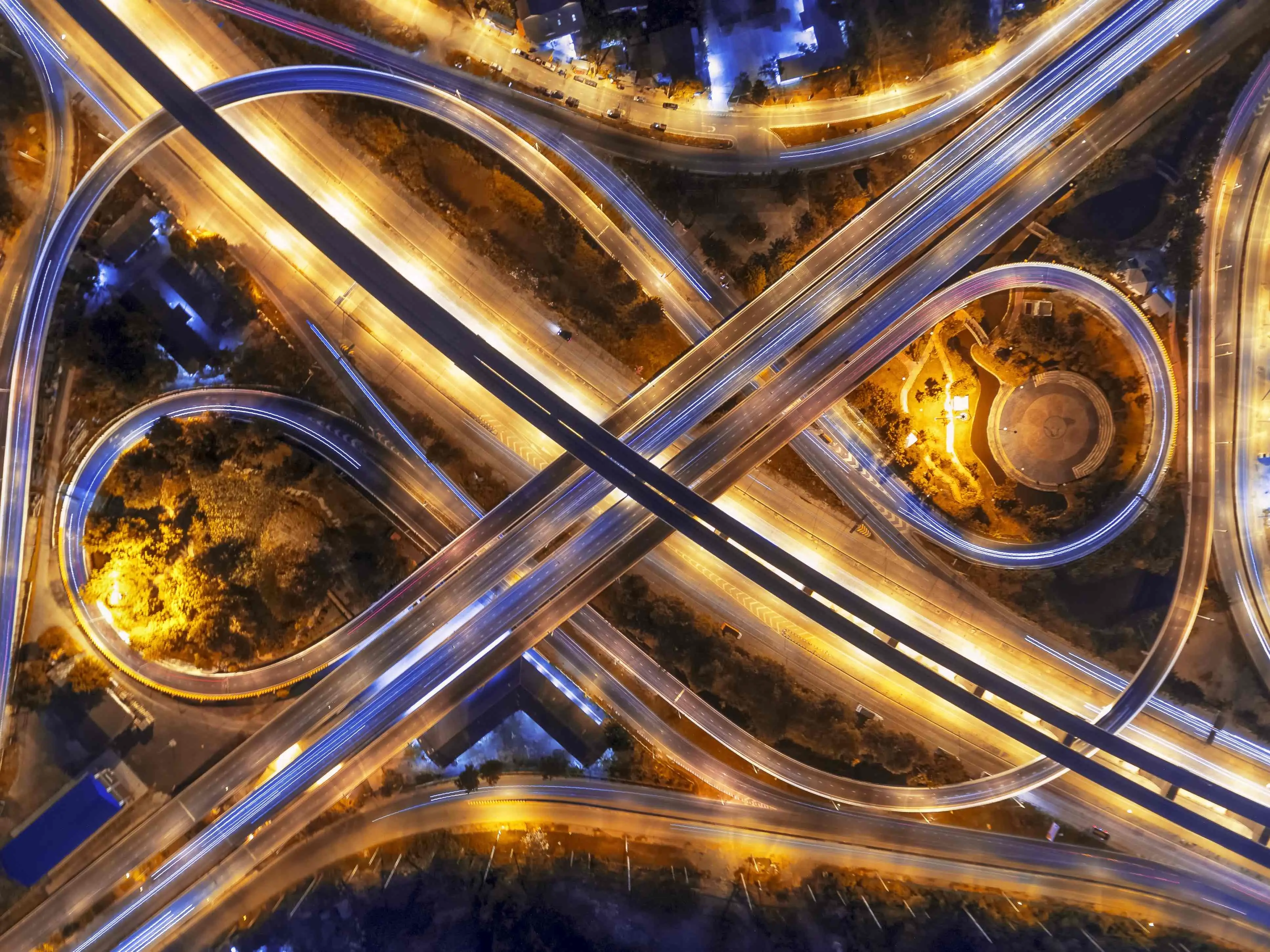
JUSDA Solutions
To provide you with professional solutions and quotations.
Electric mobility, AI, and multimodal platforms help cut carbon emissions. They also make moving goods easier.
Blockchain and 5G help supply chains work faster. They also make them safer.
Cities and companies spend money on clean transportation. This helps make the future better for everyone.
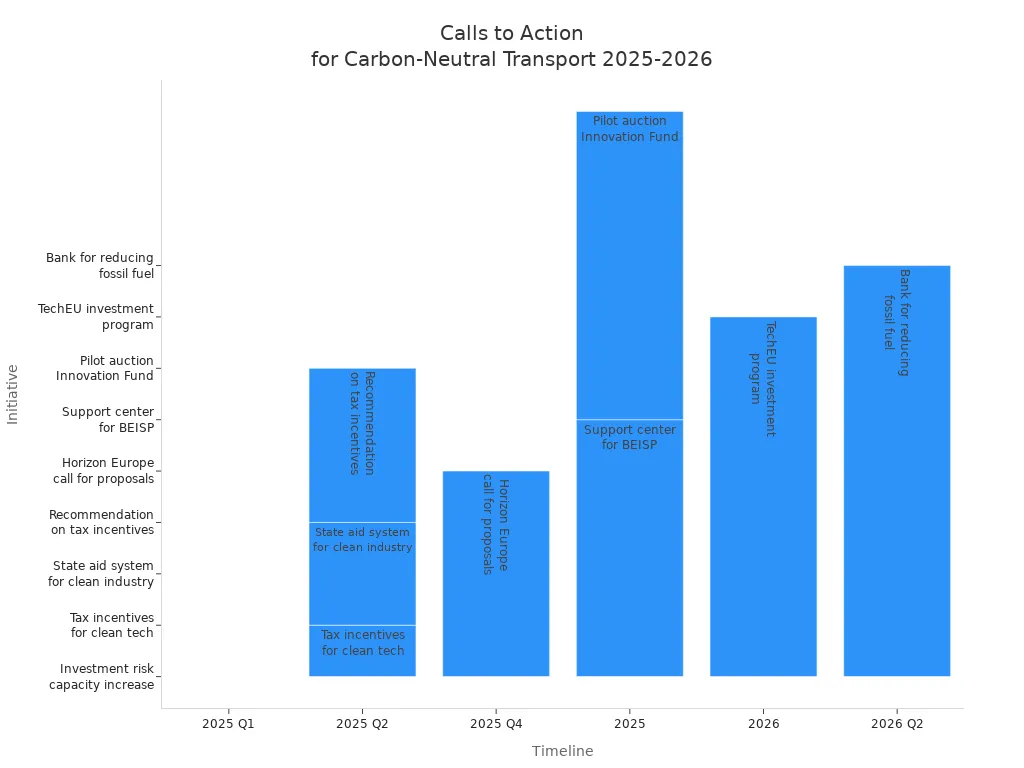
Everyone can help carbon-neutral transportation. People can use new technology and join green programs. New ideas will help lower carbon emissions. They will also give us more ways to make good choices for the planet.
See Also
Comprehensive Insights Into Eco-Friendly Supply Chain Transport
Top Five Trends Shaping Tomorrow’s Supply Chain Efficiency
Discover The Newest Transport Technologies Transforming Supply Chains
Preparing For The Upcoming Revolution In Transport Innovations
Affordable Transportation Management Solutions That Save Your Budget
